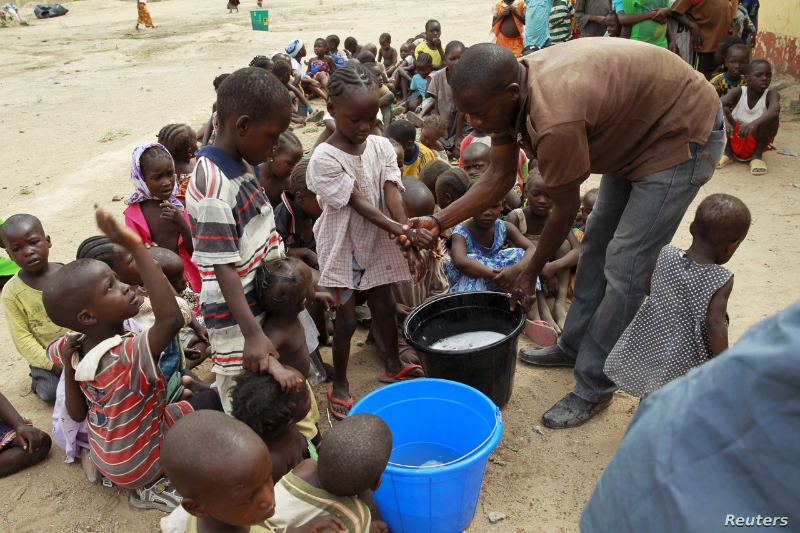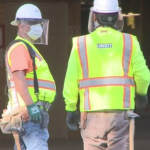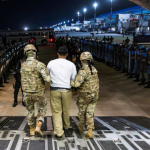
UNICEF, the children’s organization of the United Nations, has recently issued a study warning of a record-breaking rise in child migration throughout Latin America and the Caribbean. The amount of youngsters traveling to these locations from far-off places like Asia and Africa at an unprecedented rate, many of them unaccompanied, is what defines this problem. According to the data, the percentage of children traveling through the main migratory routes in Latin America and the Caribbean over the past three years has surged to 25%, up significantly from the 19% recorded in 2019.
Children make up 13% of the migrant population globally, with Latin America and the Caribbean leading the figures and Sub Saharan Africa coming in second. The root causes of this increase in kid migration are varied and intricate, involving problems like gang violence on the rise, the worsening effects of climate change, widened socioeconomic gaps, and the COVID-19 pandemic’s effects and subsequent lockdowns. Children are now being forced to travel in danger in quest of safety and better opportunities due to a dire situation brought on by the combination of these causes.
Children are migrating at younger and younger ages, according to Gary Conille, head of UNICEF in Latin America and the Caribbean. Surprisingly, at important transit hubs, 91 percent of people are presently under the age of 11. For instance, UNICEF reported a frightening increase in the number of children making the perilous crossing between Colombia and Panama through the Darien jungle, with 29,000 doing so in 2021, rising to 40,000 in 2022, and surpassing 60,000 in the first eight months of 2023, with half of them being under the age of five.
Keep Reading
The most child crossings have already occurred in this year (2023), which is a sobering record. Conille emphasized the serious difficulties that these migrant children endured, such as illnesses, wounds, family split-ups, and different sorts of maltreatment along their traveling trips. Their fates frequently remain uncertain even after they get to their desired locations because they have limited access to necessary resources and protection.
The situation at the southern border of the United States also reveals a troubling spike in kid detentions among migrants and refugees. According to UNICEF, the number of documented child crossings by U.S. Customs and Border Protection increased from over 149,000 in fiscal year 2021 to over 155,000 in fiscal year 2022 and over 83,000 in the first eight months of fiscal year 2023.
In 20 countries in the region, UNICEF actively provides aid and support to migrant, refugee, and displaced children in partnership with governments and civil society organizations.
Nevertheless, despite these initiatives, as of August, less than 20% of the necessary funding roughly USD 32.5 million had been allocated for UNICEF’s appeal for USD 160.5 million to meet the needs of migrant and refugee children in several countries. Additionally, just 26% of the required funds have been allocated to the USD 142.3 million appeals to aid children and migrants throughout Central America and Mexico to address the causes of this child migration catastrophe and offer crucial support to vulnerable children on their risky travels, there is an urgent need for international cooperation and comprehensive, coordinated measures. The future and welfare of these children depend on the international community taking action right away and with compassion.









